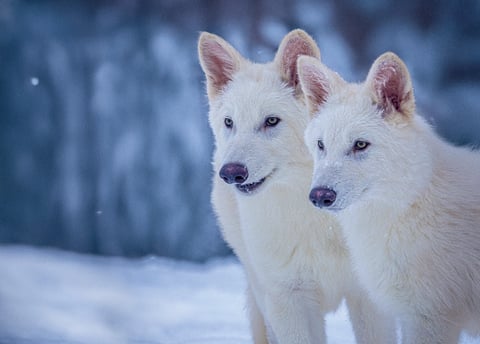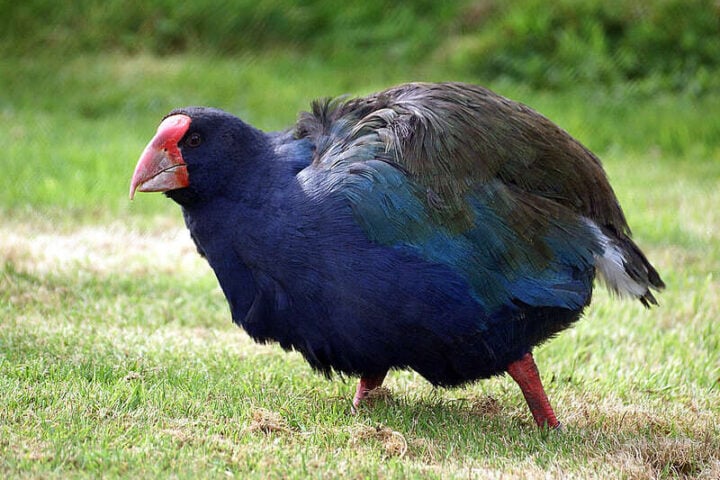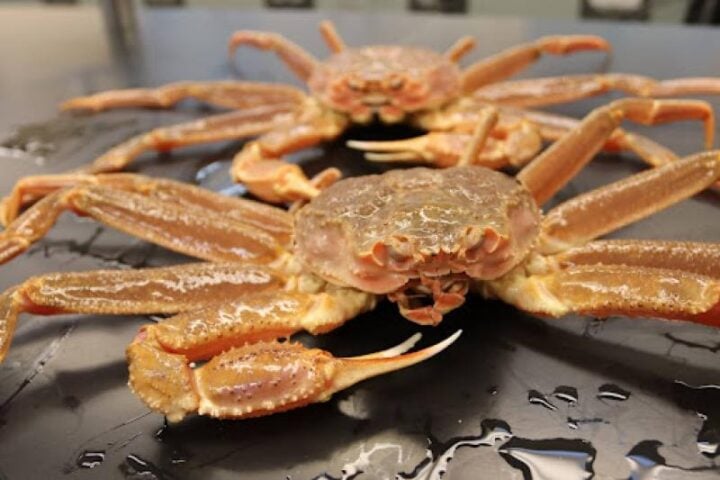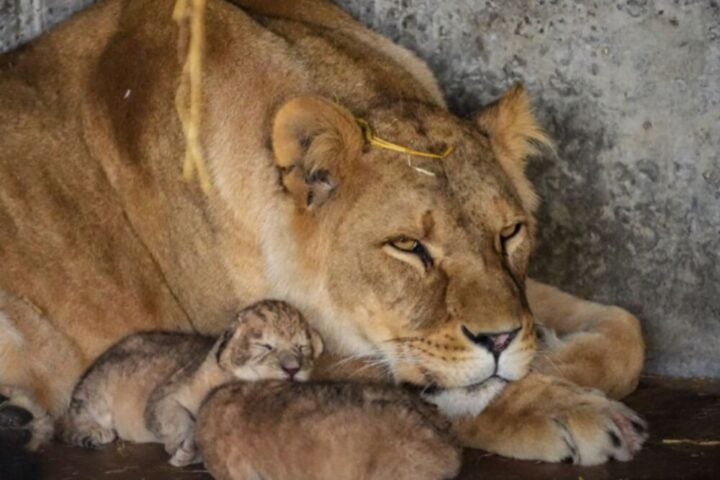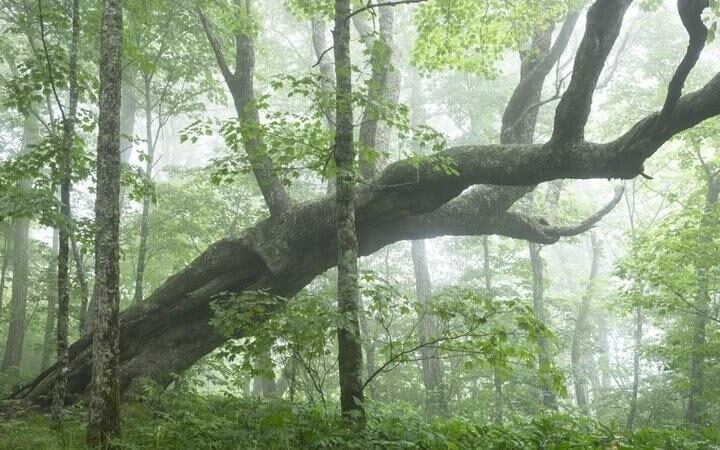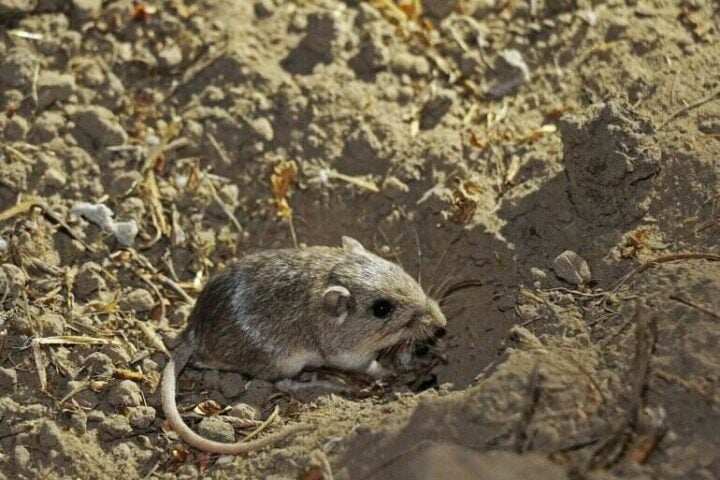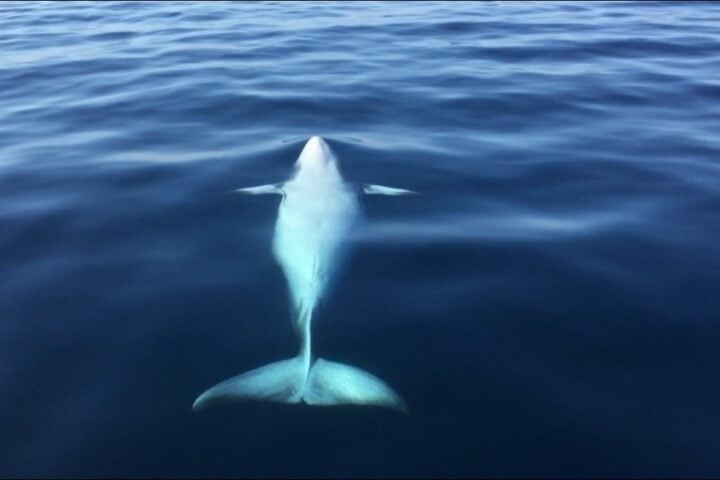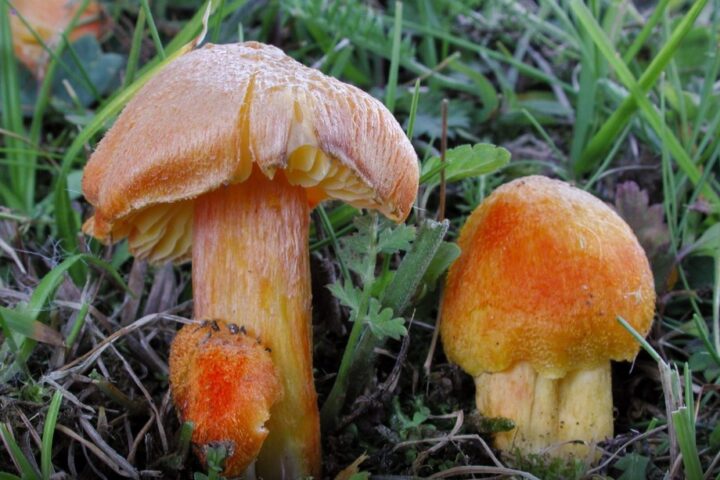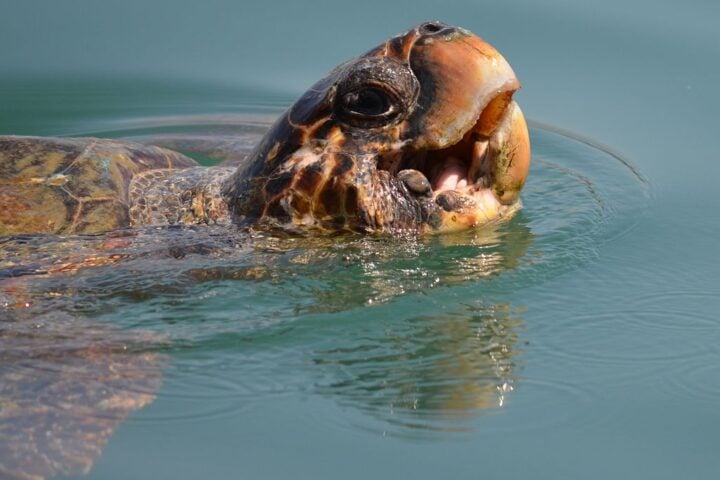Washington’s wolf population dropped by 9.44% in 2024, even as the number of packs slightly increased, according to the latest annual report from the Washington Department of Fish and Wildlife (WDFW).
The state now has 230 wolves in 43 packs, down from 254 wolves in 42 packs in 2023. More concerning for wildlife experts is the 25% decline in successful breeding pairs, which fell from 24 to 18.
“It’s infuriating to see this dramatic decline in both the wolf population and successful breeding pairs,” said Amaroq Weiss, senior wolf advocate at the Center for Biological Diversity. “The disturbing drop shows how right the Fish and Wildlife Commission was to reject last year’s proposal to reduce state-level protections.”
Human-Caused Deaths Drive Decline
The report documents 37 wolf deaths in 2024, with 31 attributed to human causes. These include:
- 19 from tribal hunting by the Confederated Tribes of the Colville and Spokane Tribe
- 7 illegal killings currently under investigation
- 5 killed due to livestock conflicts
- 2 died during WDFW collaring attempts
Natural causes claimed only two wolves — one killed by a cougar and another by other wolves. Another wolf died after ingesting plastic that perforated its intestine.
Similar Posts
Uneven Recovery Across Regions
While wolf packs have met recovery goals in the North Cascades and Eastern Washington for five consecutive years, the Southern Cascades and Northwest Coast region continues to lag behind minimum targets.
WDFW Statewide Wolf Specialist Ben Maletzke noted that despite the recent population drop, wolves had previously shown strong growth. “The state’s wolf population grew by an average of 20% per year since the first WDFW wolf survey in 2008, until 2024,” he said.
Livestock Conflicts Continue
The agency documented 40 depredation events involving wolves attacking livestock and domestic animals in 2024. WDFW continues working with ranchers on non-lethal prevention methods, though conflicts remain a flashpoint between conservation and agricultural interests.

Future Recovery Concerns
Conservation groups worry that high mortality rates, especially in eastern Washington, limit wolves’ ability to disperse into the western part of the state. No breeding pairs have yet established in the southern Cascades and north coast region.
“Don’t let anyone sell you on the idea that wolves in Washington are on a fast-track to recovery,” Weiss cautioned. “Until the killing stops or is significantly curtailed, we won’t see wolf recovery across the state.”
WDFW Director Kelly Susewind emphasized that poaching remains a serious concern, stating simply: “Poaching wolves is unacceptable.”
Frequently Asked Questions
Washington’s wolf population is declining primarily due to human-caused mortality. Of the 37 wolf deaths documented in 2024, 31 were caused by humans, including tribal hunting (19 wolves), illegal killings (7 wolves), and removal due to livestock conflicts (5 wolves). This high mortality rate, combined with fewer successful breeding pairs, has led to a nearly 10% population decrease.
According to the Washington Department of Fish and Wildlife’s 2024 annual report, there are 230 wolves in 43 packs across the state. This is down from 254 wolves in 42 packs in 2023, representing a 9.44% decrease in population despite a slight increase in the number of packs.
Yes, wolves remain protected as a state endangered species in Washington. In 2023, there was a proposal to reduce their protection status from “endangered” to “sensitive,” but the Fish and Wildlife Commission rejected this proposal due to concerns over increased wolf mortalities and the lack of recovery in certain regions of the state.
The Washington Department of Fish and Wildlife works with livestock producers to implement non-lethal conflict prevention measures. However, in cases where these measures fail, wolves may be removed. In 2024, five wolves were killed due to livestock conflicts (four by the department and one by a livestock owner). The agency documented 40 depredation events involving wolves attacking livestock and domestic animals throughout the year.
No, wolf recovery is uneven across Washington. While the North Cascades and Eastern Washington recovery regions have met or exceeded recovery goals for five consecutive years, the Southern Cascades and Northwest Coast region has not reached minimum recovery goals. No breeding pairs have yet been established in this third recovery region, which encompasses the southern Cascades and north coast.
Poaching has a significant negative impact on wolf recovery in Washington. In 2024, seven wolves were illegally killed, and these cases remain under investigation. Scientific research suggests that for every illegally killed wolf that’s found, another one to two wolves may have been killed and remain undiscovered. WDFW Director Kelly Susewind has emphasized that “poaching wolves is unacceptable,” as these illegal killings undermine recovery efforts.



